Studio Ghibli Style AI Images ChatGPT: Create Ghibli Images Using ChatGPT for Free
Studio Ghibli Style AI Images ChatGPT is nothing short of enchanting—lush landscapes, expressive characters, and delicate watercolor textures that breathe life into every frame. Now, thanks to AI advancements, generating such stunning visuals from a simple text prompt is more accessible than ever.
With tools like OpenAI’s GPT-4o and DALL·E 3, artists and enthusiasts can create Ghibli-inspired imagery effortlessly, transforming descriptions or existing images into breathtaking, hand-painted scenes. Platforms like Ghibli Diffusion and OpenArt have already showcased the potential of AI-generated anime-style artwork, proving that technology can be a powerful creative partner.
Creating AI-generated Studio Ghibli-Style Image using ChatGPT is simple and doesn’t require any technical expertise. OpenAI provides a built-in image generation tool powered by DALL.E , which allows users to generate high-quality images based on text prompts. Follow the steps below to create stunning AI-generated images for free.
Whether you’re crafting enchanting worlds, designing original characters, or reimagining real-life photography with a whimsical touch, AI offers limitless creative possibilities.In this guide, we’ll take you through the entire process—from sourcing high-quality datasets to deploying an intuitive, user-friendly interface.
Studio Ghibli Style AI Images ChatGPT
Step-by-Step Guide Creating Ghibli-Style Images Using ChatGPT
1. Access ChatGPT
- Open a web browser and go to chat.openai.com.
- Log in using your OpenAI account credentials. If you don’t have an account, sign up for free.
2. Start a New Chat
- After logging in, click on the “New Chat” button in the ChatGPT interface.
- This will open a fresh conversation where you can enter your prompts.
3. Enter Your Image Prompt
- In the message input box, type a detailed description of the image you want to generate.
- Be as specific as possible to get the best results. For example:
- “A futuristic city skyline at sunset, with flying cars and neon lights, in cyberpunk style.”
- “A cute baby dragon sitting on a pile of gold coins inside a medieval castle, in a fantasy art style.”
4. Submit Your Prompt
- Press Enter to submit your request. ChatGPT will process the prompt and generate an image using DALL·E.
5. View and Download the Image
- The AI-generated image will appear in the chat.
- You can right-click the image and select “Save Image As” to download it to your device.
Tips for Better AI-Generated Images
✔ Use Detailed Descriptions: The more details you provide (e.g., colors, lighting, background elements, artistic style), the better the AI understands your request.
✔ Experiment with Styles: Try different art styles like realistic, anime, watercolor, 3D render, cyberpunk, Studio Ghibli, pixel art, or steampunk.
✔ Use Specific Keywords: Adding terms like “highly detailed,” “cinematic lighting,” “ultra HD,” or “fantasy illustration” can enhance the quality.
✔ Try Variations: If the first image isn’t perfect, tweak the prompt and regenerate.
Limitations & Considerations
- Daily Limits: Free users may have a limited number of image generations per day.
- Content Restrictions: OpenAI enforces strict content guidelines, so some prompts may not be allowed.
- Resolution: The image resolution may be limited compared to premium AI art tools.
The Growth of AI-Generated Art in the Market
AI-generated art has moved beyond experimentation and is now a growing industry. Experts estimate that sales of AI-created artworks could reach $1.7 billion by 2025. These works have already been exhibited in well-known institutions such as the Museum of Modern Art (MoMA) and the Barbican Centre. Younger generations, especially those familiar with digital technology, are increasingly drawn to AI as a creative tool that expands artistic possibilities.
Some key trends shaping AI-generated art include:
- Realistic and abstract imagery – AI can create highly detailed, lifelike images or generate abstract compositions that challenge traditional artistic styles.
- Combining different styles – AI can merge elements from different art movements, mixing classical techniques with modern digital designs.
- Interactive art – Some AI-generated artworks change based on viewer interaction, making them more dynamic and engaging.
- Digital ownership and NFTs – AI art is increasingly linked to blockchain technology, allowing artists to create and sell digital works as unique, verifiable assets.
As AI tools become more advanced, they continue to reshape the way art is created, shared, and valued in the modern world.
Exploring the Studio Ghibli Style AI Images ChatGPT
Studio Ghibli’s art style is renowned for its immersive realism, blending meticulously detailed backgrounds, expressive characters, and rich, vibrant colors to create enchanting, lifelike worlds. Unlike many modern anime that prioritize fast-paced action, Ghibli films take a more deliberate approach, allowing viewers to fully absorb every frame.
The backgrounds often resemble hand-painted snapshots of reality, infused with warmth and nostalgia. Characters are deeply human, often inspired by real people, making their emotions and movements feel authentic. Whether it’s a floating castle, a talking cat, or a gentle forest spirit, every element is designed with such care that it becomes completely believable. This dedication to storytelling and visual artistry is what makes Studio Ghibli’s work truly timeless.
Defining Features of Studio Ghibli’s Art
Studio Ghibli is renowned for its unique animation style and storytelling, distinguishing it from other studios. Founded in 1985 by Hayao Miyazaki, Isao Takahata, and Toshio Suzuki, Ghibli has crafted some of the most visually breathtaking and emotionally profound films in animation history. But what truly sets its art apart? Let’s explore its defining characteristics.
1. Rich and Immersive Backgrounds
One of the most striking aspects of Ghibli films is their meticulously crafted environments. Whether portraying a bustling town, a serene countryside, or a fantastical world, every setting is painted with extraordinary detail. Natural elements like wind, water, and light are depicted with remarkable precision, creating an atmosphere that feels alive and immersive.
2. Expressive and Subtle Character Designs
Ghibli’s character designs emphasize realism and subtlety rather than exaggerated features. Their emotions are conveyed through nuanced expressions and body language, making them deeply relatable. With soft lines, rounded hair, and naturalistic movement, these characters feel approachable and authentic, enhancing the emotional depth of their stories.
3. A Blend of Fantasy and Realism
Even when exploring magical worlds, Ghibli films maintain a strong sense of realism. Locations like the bathhouse in Spirited Away or the moving castle in Howl’s Moving Castle feel tangible because they are intricately designed with believable architecture and movement. Everyday activities—cooking, cleaning, or navigating a crowded street—are animated with such natural flow that they ground the story in reality.
4. Thoughtful Use of Color
Ghibli’s color palette is carefully curated to enhance mood and atmosphere. Warm earth tones create a sense of comfort and nostalgia, while darker shades add emotional depth. Vibrant, contrasting colors are strategically used to highlight key characters or important story elements, making them visually striking.
5. Deep Connection with Nature
Nature is more than just a backdrop in Ghibli films—it’s an integral part of the storytelling. Lush forests, flowing rivers, and expansive skies play a vital role in shaping the narrative. Films like Princess Mononoke and My Neighbor Totoro celebrate the beauty of nature while emphasizing the importance of its preservation.
6. Fluid and Organic Animation
Ghibli’s animation is known for its smooth, lifelike movement. Unlike CGI-heavy productions, Ghibli relies on hand-drawn animation, ensuring every motion—whether it’s the way a character runs, fabric sways, or a leaf drifts in the wind—feels natural and immersive. This attention to detail brings the world to life.
7. Simple Yet Expressive Character Designs
While Ghibli backgrounds are rich in detail, character designs follow a minimalist yet effective approach. Clean lines and subtle expressions ensure that emotions take center stage, allowing viewers to connect with the characters without visual distractions.
8. Storytelling Through Visuals
Ghibli films excel in conveying emotions through imagery alone. A lingering shot, a moment of stillness, or a meticulously detailed background can express more than dialogue ever could. This visual storytelling deepens the emotional impact and draws audiences further into the world.
9. Music as an Extension of Emotion
Music is a fundamental part of Ghibli’s storytelling. Joe Hisaishi’s iconic compositions perfectly complement the animation, intensifying emotions in every scene. Whether it’s a whimsical melody in a joyful moment or a soft piano piece during quiet reflection, the music enhances the storytelling experience.
10. Cultural Roots with Universal Appeal
Ghibli films are deeply embedded in Japanese culture, featuring traditional architecture, food, folklore, and historical influences. Yet, their themes—friendship, resilience, and respect for nature—resonate with audiences worldwide, making them universally relatable and timeless.
Also Read: 10 stunning Art Style instead Ghibli Style; Try with ChatGPT
Selecting the Best OpenAI Model for a Ghibli-Style AI Image Generator
Studio Ghibli’s art is characterized by dreamy landscapes, warm colors, and a hand-drawn aesthetic. AI can help recreate this iconic style, but choosing the right tool is key to achieving the best results.
1. GPT-4o: Best for Transforming Photos into Ghibli-Style Scenes
GPT-4o is ideal for turning real-life photos into Ghibli-inspired artwork or generating detailed anime-style images.
How to Use GPT-4o:
- Upload a photo and request a transformation:
“Convert this photo into a Studio Ghibli-style anime scene.” - Use detailed prompts to create original art:
“A magical forest glowing in golden light, Studio Ghibli style, soft watercolors.”
Why Choose GPT-4o?
✔ Produces high-quality, detailed images
✔ Captures lighting and textures that mimic hand-drawn art
✔ Allows refinements and customizations for better results
2. DALL·E 3: Best for Creating Images from Scratch
If you want to generate Ghibli-style art purely from a text description, DALL·E 3 is a powerful option.
Example Prompts:
- “A girl flying on a dragon over a lush green valley, Studio Ghibli style.”
- “A tiny cottage surrounded by glowing fireflies and giant mushrooms, whimsical fantasy.”
Why Use DALL·E 3?
✔ Excels at fantasy and dreamy aesthetics
✔ Seamlessly blends realism with soft animation-style details
✔ Simple to use—just type a description and generate
3. Other AI Tools for Ghibli-Style Art

For greater control over the final look, consider these alternatives:
- Hugging Face’s Studio-Ghibli-Style Model – Designed to replicate Ghibli’s soft, dreamy visuals.
- Fotor & ArtBreeder – Great for editing and refining AI-generated images.
Tips for Creating the Best Ghibli-Style Art
✅ Use descriptive prompts: Try phrases like “hand-drawn anime,” “whimsical landscapes,” or “soft golden lighting.”
✅ Stay original: Instead of copying Ghibli characters, create fresh artwork inspired by their aesthetic.
✅ Experiment: Generate with DALL·E 3, refine with GPT-4o, and enhance final details using an editing tool.
Guide to Training and Fine-Tuning an AI Model for Studio Ghibli-Style Art
Studio Ghibli’s hand-drawn animation style, with its soft colors, intricate landscapes, and expressive characters, has captivated audiences worldwide. With AI, it’s now possible to recreate this signature aesthetic—but achieving high-quality results requires careful preparation and training. Here’s how to do it step by step.
1. Collecting and Preparing Images
To train an AI model to generate Ghibli-style art, you need a well-curated dataset. This should include:
- Scenes from films like Spirited Away, My Neighbor Totoro, and Princess Mononoke
- A mix of character close-ups, landscapes, and magical elements
- High-resolution images that capture the distinct textures, lighting, and colors of Ghibli’s animation
Before feeding these images into the AI, they need to be properly prepared—cropped, resized, and adjusted—to ensure consistency in style and quality.
2. Choosing the Right AI Model
Several AI models can be used to generate Ghibli-inspired images:
- Stable Diffusion – A popular choice for anime-style artwork, offering flexibility and customization.
- DreamBooth – Allows fine-tuning to focus on specific artistic styles.
- Other diffusion models – Advanced AI models that enhance realism while preserving a hand-drawn look.
The best model depends on how much control you want over the final output.
3. Training the AI to Replicate the Ghibli Style
Once a model is selected, it must be trained using curated images. This involves:
- Feeding the AI numerous examples of Ghibli-style art
- Adjusting model parameters to refine color balance, texture, and composition
- Testing different text prompts to guide the AI in generating images that match the intended style
Training is an iterative process—small adjustments improve accuracy over time.
4. Ethical and Legal Considerations
When developing AI art inspired by Ghibli, ethical and legal factors must be considered:
- Avoid using copyrighted images without permission. Instead, use freely available resources or custom-made training materials.
- AI tools should enhance creativity rather than replace artists—transparency about how the model is trained is essential.
- AI-generated images should respect the original intent and artistry of Ghibli’s work without directly copying scenes or characters.
5. Optimizing the AI for User Accessibility
Once the AI model is trained, it should be optimized for smooth performance and ease of use. Key factors include:
- Running the model efficiently on personal computers or cloud-based platforms
- Speed optimizations to ensure quick image generation
- Integrating with user-friendly tools like Hugging Face Diffusers to make Ghibli-style art accessible to artists and designers
By following these steps, AI can become a valuable tool for recreating the magic of Studio Ghibli while respecting the artistry behind it.
Step-by-Step Guide to Build a Ghibli AI Art Generator
Ghibli’s art style is celebrated for its stunning landscapes, whimsical characters, and soft, hand-painted textures. Now, imagine an AI tool that can bring this magic to life—whether through a simple text prompt or an uploaded image. Exciting, right?
Creating a Ghibli-style AI generator isn’t just about running an algorithm—it involves careful planning, dataset curation, model selection, and intuitive design. If you want to develop an AI tool that captures the essence of Ghibli’s animation, here’s a step-by-step guide to get started.
Define Your Vision
Before diving into development, clearly outline your goals:
- What type of art will it generate? Will it focus on still images, animations, or both?
- What’s the primary focus? Will it create character portraits, landscapes, or a blend of both?
- Who is your target audience? Are you building this for digital artists, animation enthusiasts, or casual users?
To make your tool stand out, analyze iconic Ghibli films like Spirited Away, My Neighbor Totoro, and Howl’s Moving Castle. Identify the defining artistic elements—rich colors, hand-drawn textures, and dreamlike atmospheres.
Additionally, explore existing AI tools such as AnimeGenius and OpenArt to understand their strengths and areas for improvement. By refining your vision early on, you’ll build a more unique and effective AI generator.
Step 1: Define Your Vision
Before starting, outline your project’s core goals:
- What type of art will it generate? Will it focus on still images, animations, or both?
- What’s the primary focus? Character portraits, landscapes, or a mix of Ghibli-inspired elements?
- Who is your target audience? Digital artists, casual users, or animation enthusiasts?
To make your AI tool unique, study iconic Ghibli films (Spirited Away, My Neighbor Totoro, Howl’s Moving Castle) and break down their signature aesthetic—rich colors, hand-painted textures, and dreamlike atmospheres. Also, explore AI tools like AnimeGenius and OpenArt to identify what works and where improvements can be made.
Step 2: Gather and Prepare the Right Dataset
An AI generator is only as good as the data it learns from. To accurately replicate the Ghibli style, you’ll need a high-quality, diverse dataset.
Sourcing Images
- Collect public-domain anime-style artwork or find Ghibli-inspired open-source content.
- Ensure a mix of landscapes, characters, and magical elements to capture the full range of Ghibli’s artistry.
Preprocessing for Consistency
- Standardize images to a set resolution (e.g., 512×512 pixels) for uniformity.
- Normalize colors and textures to maintain visual consistency in the output.
Ethical Considerations
- Avoid direct use of Studio Ghibli’s copyrighted artwork to prevent legal issues.
- Instead, focus on Ghibli-inspired styles to develop a unique and original dataset.
Step 3: Select and Train Your AI Model
Choosing the right AI model is crucial for achieving the desired results.
Pre-Trained Models to Consider
- Stable Diffusion – Features anime-based models like Ghibli-Diffusion on Hugging Face.
- MidJourney – Known for highly detailed and stylistic image generation.
- Leonardo AI – Optimized for creating anime-style artwork.
Fine-Tuning the Model
To refine the AI’s ability to produce accurate Ghibli-style images, consider:
- DreamBooth – Customizes models using a smaller dataset for focused improvements.
- LoRA (Low-Rank Adaptation) – Enhances anime-specific details while requiring less training time.
Fine-tuning ensures the AI learns Ghibli’s soft shading, whimsical facial features, and lush backgrounds, making the results more authentic and visually appealing.
Step 4: Build Core Features for Users
A great AI tool isn’t just about generating images—it’s about providing users with an engaging and customizable experience. Here are the key features that will make your Ghibli-style AI generator stand out:
1. Text-to-Image Generation
- Users can enter a prompt like:
“A peaceful village glowing under lantern light, Studio Ghibli style.” - The AI then generates a visually stunning image matching the description.
- Include customization settings like CFG Scale and Step Scale to allow users more control over image details.
2. Image-to-Image Transformation
- Users can upload a photo and transform it into a Ghibli-style illustration.
- Implement tools like LeiaPix to add slight animations for a more dynamic effect.
3. Customization Options
- Let users adjust colors, add textures, or remove unwanted elements using negative prompts.
- Offer multiple aspect ratios to cater to different artistic needs (e.g., 16:9 for landscapes, square for portraits).
Step 5: Develop a User-Friendly Interface
Even the most powerful AI model will struggle if users find it difficult to use. A well-designed, intuitive interface is key.
Essential UI/UX Elements
- Simple text input box for prompt-based generation.
- Real-time preview window for generated images.
- Upload & edit features for image-to-image transformations.
- Pre-made templates like “Ghibli-style enchanted forest” for quick results.
A clean and visually appealing design ensures accessibility for both casual users and professional artists.
Step 6: Test and Improve
Before launching, rigorous testing is needed to fine-tune performance and user experience.
1. Internal Testing
- Run diverse prompts to check for consistency, color balance, and artistic accuracy.
- Identify and fix biases or distortions that may affect the output.
2. Beta Testing with Real Users
- Release a beta version to a select group of artists and AI enthusiasts.
- Collect feedback on image quality, usability, and customization options.
This phase ensures that your tool is polished and delivers high-quality results before the public release.
Step 7: Deployment and Optimization
Once your AI tool is refined, it’s time to launch and optimize for real-world use.
1. Where to Host Your Tool
- Web-Based: Deploy it on platforms like Hugging Face Spaces for easy online access.
- Mobile App: Develop an iOS and Android app to reach a wider audience.
2. Performance Optimization
- Use ONNX or TensorRT to speed up image generation.
- Ensure scalability to handle multiple simultaneous users without lag.
Once your tool is live, continuously refine it based on user feedback and the latest advancements in AI.
Legal & Ethical Considerations for a Ghibli-Style AI Generator
Developing an AI tool inspired by Studio Ghibli’s art requires careful attention to legal and ethical concerns. Here’s how to ensure fairness, transparency, and respect for original creators.
Legal Considerations
1. Copyright & Intellectual Property
- Do not use copyrighted Ghibli images or film stills without permission.
- AI-generated art ownership remains legally uncertain—some countries require human authorship for copyright protection.
- Train models only on licensed, public domain, or artist-contributed datasets to avoid legal risks.
2. Transparency & Data Privacy
- Clearly disclose training data sources and how AI influences the creative process.
- Offer an opt-out option for artists who don’t want their work used in training.
- Ensure compliance with GDPR and other data privacy laws when handling user-generated content.
Ethical Considerations
1. Respect for Artists
- Develop AI that creates Ghibli-inspired art rather than directly imitating Ghibli’s work.
- Credit artistic influences and avoid replicating characters, story elements, or iconic scenes.
2. Avoiding Bias & Misrepresentation
- Regularly audit datasets to detect and correct any biases.
- Clearly label AI-generated images to distinguish them from human-created artwork.
3. Supporting Creativity, Not Replacing It
- Position AI as a creative assistant, not a replacement for human artists.
- Encourage collaboration by allowing users to refine AI-generated images with their own artistic input.
By addressing these legal and ethical factors, you can build an AI tool that respects creativity, stays compliant with regulations, and enhances artistic expression rather than diminishing it.
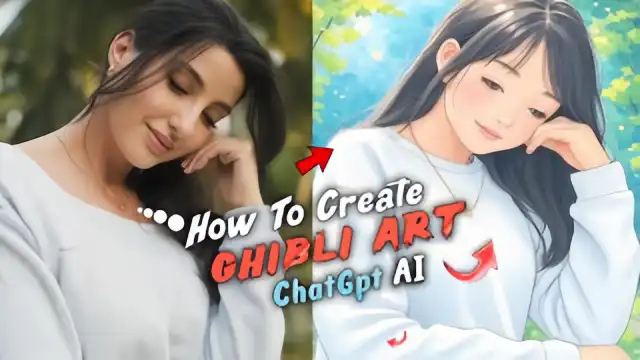
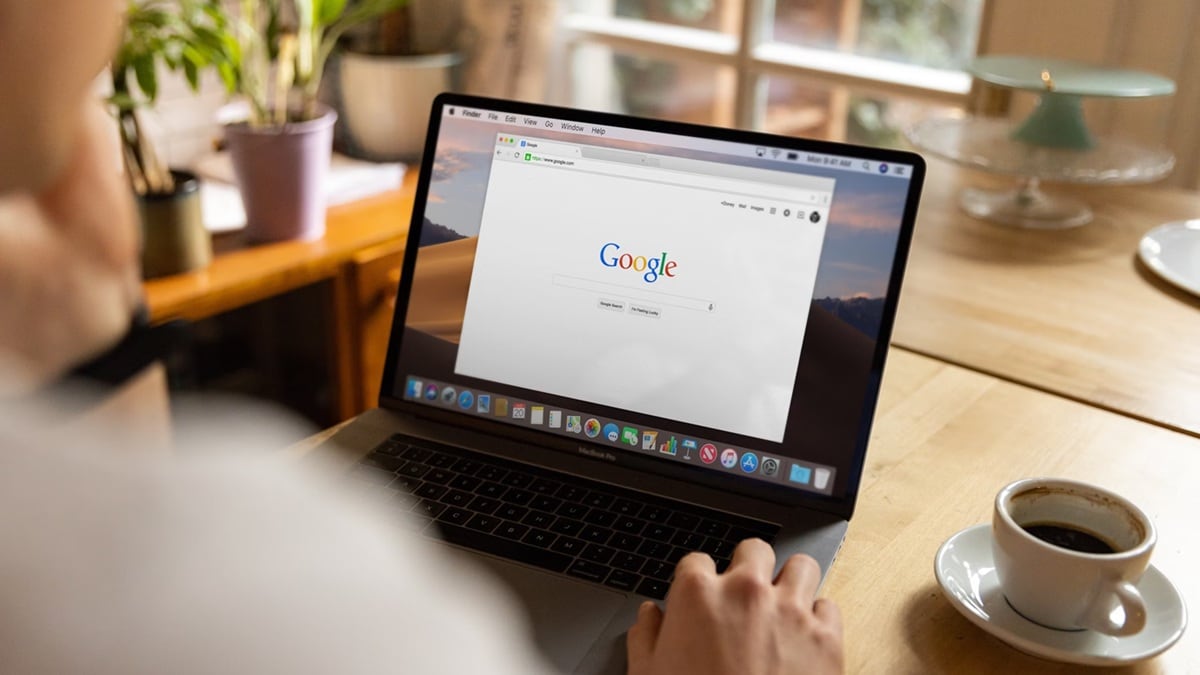
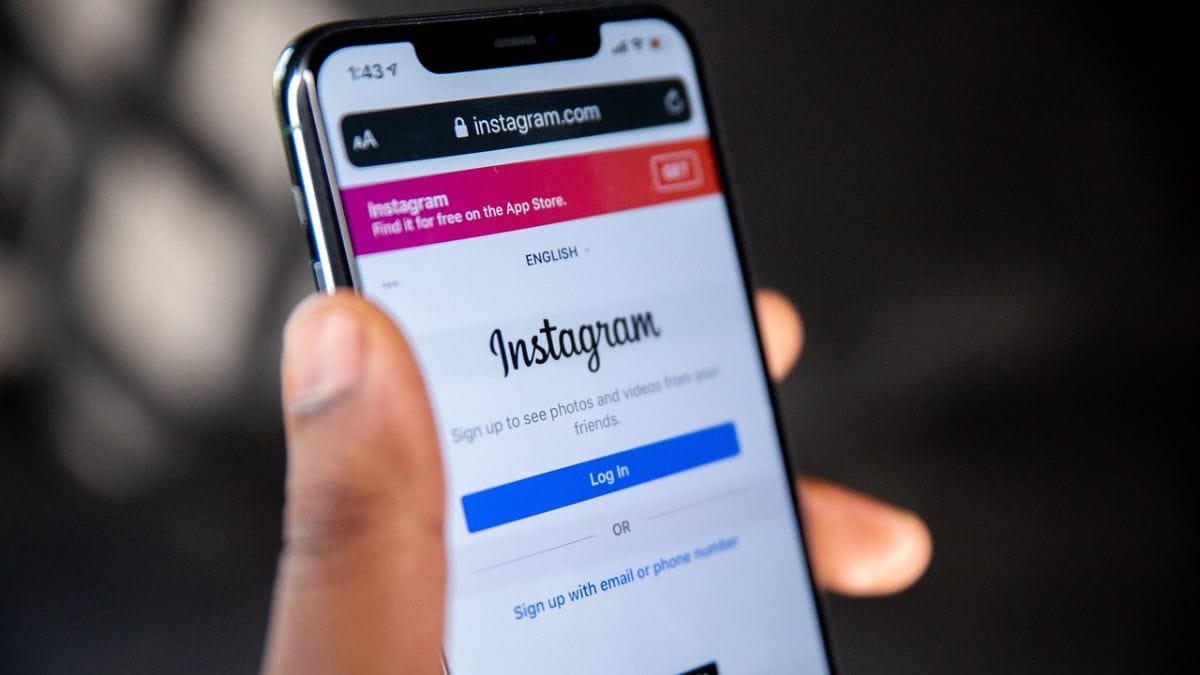
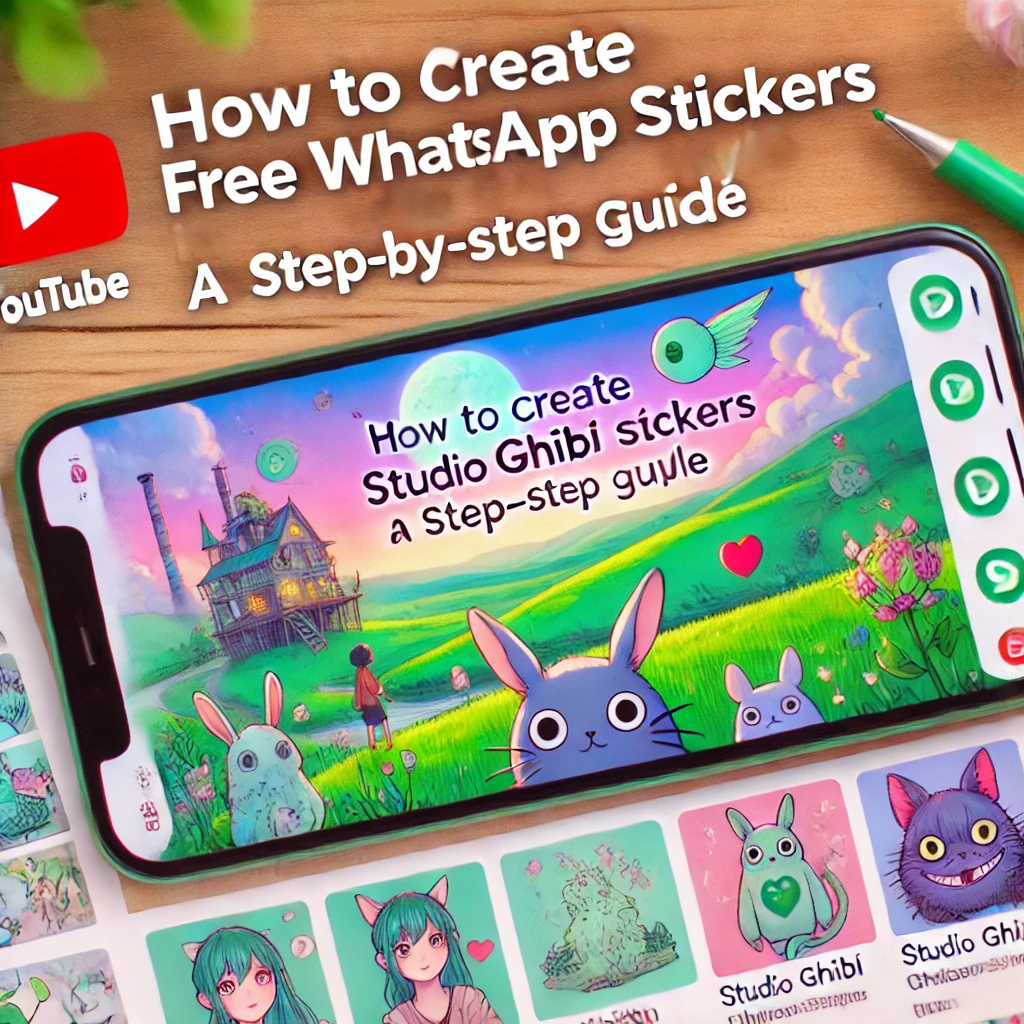
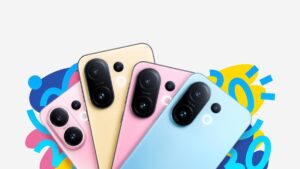
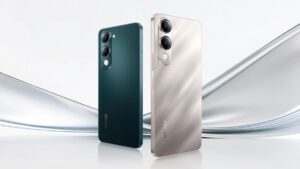

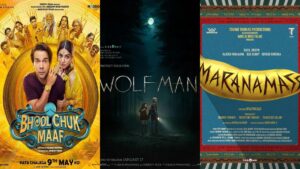
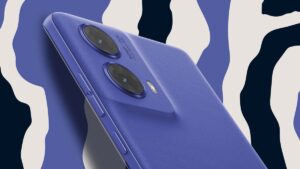
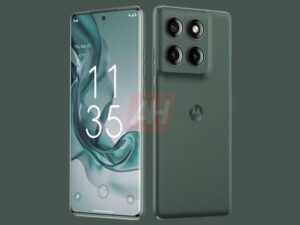
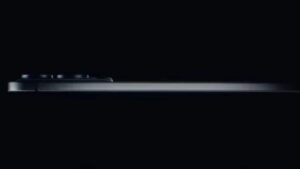
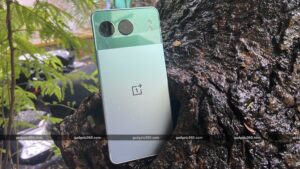

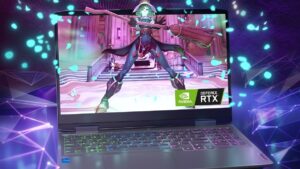
Post Comment